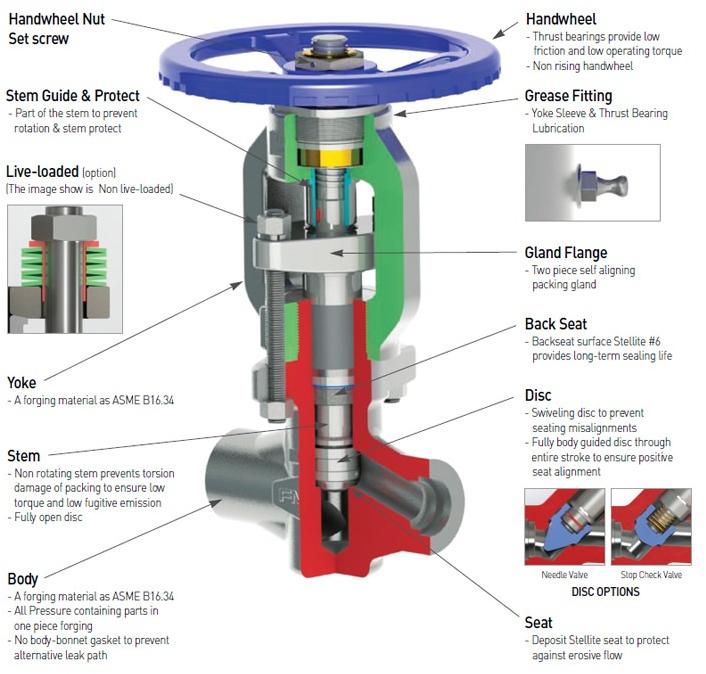I just filled up my tires and, two days later, my right tire is losing pressure. I’ve checked the tire for leaks and don’t think the tire itself needs replacing, so my next guess is the tire valve stem is leaking. How do I fix a tire valve stem leak?
Rachel Juillerat · Answered on Feb 18, 2022
Reviewed by Shannon Martin, Licensed Insurance Agent.
Fortunately for you, fixing a tire valve stem leak is both easy and cheap. You just need to purchase a replacement tire valve stem and a valve core tool. A pack containing both of these items is on Amazon for less than $5!
To replace the leaking tire valve stem, do the following:
Note: If you notice corrosion on the old stem, be sure to clean the interior threads of the tire stem on the tire.
While this is an easy and cheap fix, there are some car fixes you may need assistance with, so it’s always a good idea to invest in a solid car insurance policy.
Jerry makes finding the right policy for you easy. Jerry compares personalized rates from more than 50 top providers and delivers the best deals to your phone in minutes for free. The average Jerry driver saves $887 a year on car insurance.
MORE: Will insurance cover a flat tire?
Car RepairCar Tires
View full answer
WHY YOU CAN TRUST JERRY
Jerry partners with more than 50 insurance companies, but our content is independently researched, written, and fact-checked by our team of editors and agents. We aren’t paid for reviews or other content.
We aren’t paid for reviews or other content.
Browse More Content
What To Do If Car Door Will Not Shut
Car Air Pump Replacement
Window Won’t Go Up or Down
Camshaft Position Sensor Replacement
Oil Cooler Hose Replacement
Cadillac Escalade Ext Insurance Cost
Honda Hr-V Lx Insurance Cost
Infiniti Q45 Base Insurance Cost
Hyundai Venue Sel Insurance Cost
Suzuki Grand Vitara Premium Insurance Cost
Chapmanville Car Insurance
Salem Car Insurance
Lumber Bridge Car Insurance
Sequatchie Car Insurance
Kelso Car Insurance
I’ve loved Lamborghinis since I was a kid. They’re sleek, they’re fast—they’re my dream car! I’m already saving up to buy one someday. How much does car insurance for a Lamborghini cost?
They’re sleek, they’re fast—they’re my dream car! I’m already saving up to buy one someday. How much does car insurance for a Lamborghini cost?
Melanie Johnson
Feb 18, 2022
I got a ticket yesterday and I’m so bummed. I’ve never gotten a ticket before—I was just zoned out and didn't realize I was going 10 over. Can I ask the judge to reduce my ticket?
Melanie Johnson
Feb 18, 2022
I’ve been sitting on my old car that no longer works and I’m ready to move on and clean out. Where can I sell it?
Pat Roache
Feb 18, 2022
Browse All Questions
The cost of motorcycle insurance in Arizona is higher than the national average, partially because the season is longer. Find cheap rates here.
Bonnie Stinson
Mar 02, 2023
Want to get reimbursed for the price of a brand-new car if yours is totaled? Here’s how Farmers’ new car replacement works.
Bonnie Stinson
Feb 28, 2023
Your 2012 Ford F-150’s oil capacity (as well as the type of oil it uses) can range from 6 to 7.7 quarts, depending on its engine type.
Andrew Biro
Feb 28, 2023
Speeding
driving record
Car Body Repair
Car Reviews
FS-1 Form
Collision Coverage
Car Loans
No Fault State
Emergency Insurance
State Farm
Young Drivers
Cheap Auto Insurance
Full Coverage Insurance
Car Prices
driving record
Travelers
Natural Disasters
Save Money
Title Transfers
Donating a Car
Fleet Sales
Identity Theft
Chrysler
Mitsubishi
No long forms
No spam or unwanted phone calls
Quotes from top insurance companies
Find insurance savings — it's 100% free
Toyota
Hyundai
Mercedes-Benz
Subaru
Chevrolet
Mitsubishi
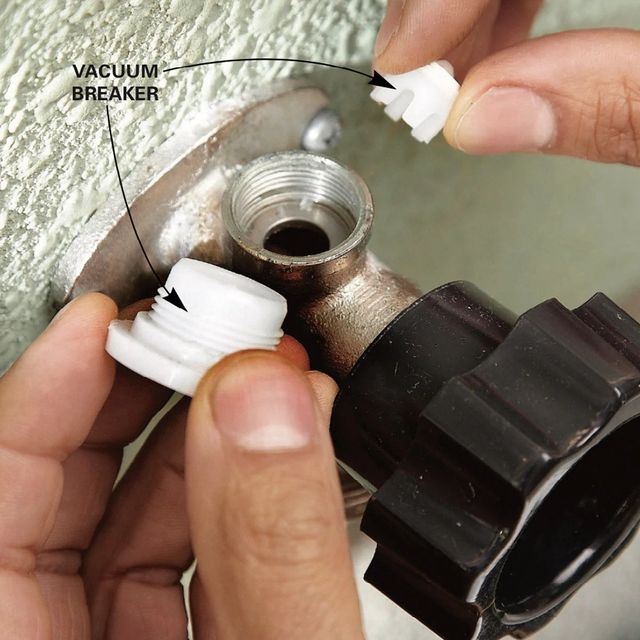 ca BlogSkip to content
ca BlogSkip to content “A tire only loses air if it’s punctured.” This is a common misconception that we have all had or heard and yet the reality is quite different. Indeed, a tire can lose air even without a puncture, as for example in the case of a crack in the valve that is used to inflate your tires. A punctured valve is difficult to detect, and not taking care of it in time can have real consequences for your tire, but also (and above all!) for your safety. Blackcircles Canada, your online tire specialist, offers below a complete guide to the causes and consequences of a punctured valve, and how to repair a leaking valve stem.
A valve is a pin located on the outside of the tire, through which the tire can be inflated/deflated. It has a mechanism consisting of a spring-mounted valve that closes tightly with the air pressure inside the tire. Over time, the stem valve may become brittle and cracked, which may increase the risk of air leaking through it.
When the stem valve leaks, the affected tire is no longer able to retain air. Depending on the extent of the damage, the air will leak out slowly or more quickly. In both cases, the valve must be replaced.
If the air leakage is slow, you will be subject to the problems encountered by drivers driving with underinflated tires. Internal damage that can shorten the service life of the tire by up to a quarter, increased fuel consumption due to higher rolling resistance: the tire will damage faster, and your energy-efficiency will be significantly lower. The tire will also have poorer traction and the stability of your car will be reduced when cornering, not to mention the more pronounced deformation of the tire that increases its internal temperature, which can cause it to burst. Finally, an under-inflated tire increases the risk of hydroplaning. Tire pressure is thus very important!

First of all, make sure it is the tire valve stem that is leaking. To do so, there’s a very simple trick! Apply a mixture of water and dishwashing soap to the valve with the cap removed. If bubbles start to appear, your valve is leaking. If this is not the case, and there is a definite air leak, it will be located elsewhere on the tire.
Step 2: Gather the right tools before you start!Before you begin, make sure you have all the necessary equipment to complete the replacement of the faulty valve stem.
For this, you will need the following:
You are now ready to start the process!
Step 3: Loosen the nuts on the wheel you are going to work on.
To do so, use the wrench mentioned in the previous step to loosen each of the lug nuts holding your wheel in place. Do this while the car is still on the ground.
However, for certain models of vehicles, it is possible that the wheel nuts have an anti-theft ring. If this is the case, you’ll have to use the appropriate special key to remove the locking nut(s).
Step 4: Raise your vehicle with the jack and then remove the wheel.First and foremost, make sure the handbrake is applied so that your vehicle is completely immobilized. Then, use your jack to lift your car. Be sure to position it on the right part of the chassis so that the car is properly supported. This will prevent any damage to the car and any bodily injury. Once your car is lifted, secure it on jack stands. Unscrew the wheel bolts completely, then remove the wheel. Finally, place the wheel on the ground flat, with the outside of the wheel facing up.
Step 5: Remove the valve stem core with the removal tool and let the tire deflate.
If you have not already done so, remove the valve cap. Then remove the valve stem core using the valve stem removal tool to release the air from the wheel, which should normally deflate completely on its own.
Step 6: Separate the tire’s bead from the wheel.For this step, use the sledgehammer in the following way: hit the tire sidewall with the sledgehammer in the same spot until you hear a crack or popping sound, and see the inside lip of the tire visibly break loose from the rim. This means that the tire has been successfully detached from the lip of the wheel.
Once the tire bead has been broken, continue hitting with the sledgehammer around the tire to detach the sidewall around the entire circumference of the wheel.
Step 7: Remove the tire from the rim.Once the sidewall of the tire is separated from the outer edge of the rim around the entire circumference of the wheel, insert your tire iron between the edge of the rim and the inside lip of the tire, and then pry upward to pull the lip of the tire over the edge of the wheel. Once you have pulled the lip of the tire over the edge of the wheel, work the tire iron around the rim until the entire lip of the tire is off the rim.
Once you have pulled the lip of the tire over the edge of the wheel, work the tire iron around the rim until the entire lip of the tire is off the rim.
Once the sidewall of the tire is completely above the wheel, grab it by its removed lip and pull it upward so that the opposite lip that was at the bottom of the wheel is now touching the top edge of the rim. Use your tire iron again by inserting it between the tire’s lip and the edge of the wheel and pry upwards to pull the lip over the edge of the rim. As before, work the tire iron around the edge of the wheel until the tire is removed from the wheel.
Step 8: Remove the defective valve stem and replace it with the new one.Once the tire is separated from the rim, it is time to remove the valve stem. To do this, first pull out the valve stem free from the wheel using the needle-nose pliers. Once this has been done, install the replacement valve stem from the inside of the wheel. Once it is in position, use the needle-nose pliers again to pull it through into its right place on the wheel.
Once the stem is in place, it is time to put the tire back on its rim. To do this, start by pressing the tire down over the rim until the bottom bead clears the edge of the rim. The aim here is to return the lower sidewall of the tire to its original position on the wheel.
Then press the upper sidewall of the tire down underneath the edge of the wheel. Then tuck your tire iron between the tire sidewall and the rim edge and use it to make the opposite movement to the one you used to pull the tire sidewall out of the rim. Once the bead clears the lip of the wheel, use the tire iron to work your way round the entire wheel until the tire is completely installed on the wheel. Then inflate it to the correct pressure using the air compressor.
Step 10: Make sure there are no other leaks, and mount your wheel back on!Once the tire is inflated to the correct pressure, check for other leaks. If all is well, mount the wheel on your vehicle and bring it down by lowering the level of the jack stands until the repaired wheel touches the ground and you can safely remove them.
If all is well, mount the wheel on your vehicle and bring it down by lowering the level of the jack stands until the repaired wheel touches the ground and you can safely remove them.
Ultimately, it is very important to make sure your tires are free of air leaks to maintain proper air pressure at all times. In the case of a slow air leak, the consequences can be dramatic. If the air leak is due to a faulty tire valve, you will definitely need to replace it. You can either follow the above procedure on how to repair a leaking tire valve or take it directly to a specialist. If, on the other hand, you need to change the entire tire, consult our selection of tires adapted for your car directly online on our website!
Tire Installation 101: When and how to change your tires?
December 20, 2020
The quality of the water supply system largely depends on the reliability of the valves. To equip it, good components are used, such as Danfoss ball valves or products from other well-known brands. As they say in the reviews, original branded parts are “set and forget”.
To equip it, good components are used, such as Danfoss ball valves or products from other well-known brands. As they say in the reviews, original branded parts are “set and forget”.
If your ball valve leaks, it can be repaired. True, not all models are subject to restoration, but only collapsible ones. In such situations, you need to accurately determine the malfunction and fix the problem. Consider the most common breakdowns.
This is a common problem when the faucet is connected incorrectly to the water supply, when the winding is not selected correctly. First you need to tighten the nuts and if the leak stops, the repair can be considered complete. If there is no effect, the valve must be removed and the winding replaced. Perform all work carefully, after shutting off the water. The winding is wound along the thread, the nut is tightened with moderate force.
With such a malfunction, only collapsible models can be repaired - usually the cause is a worn o-ring.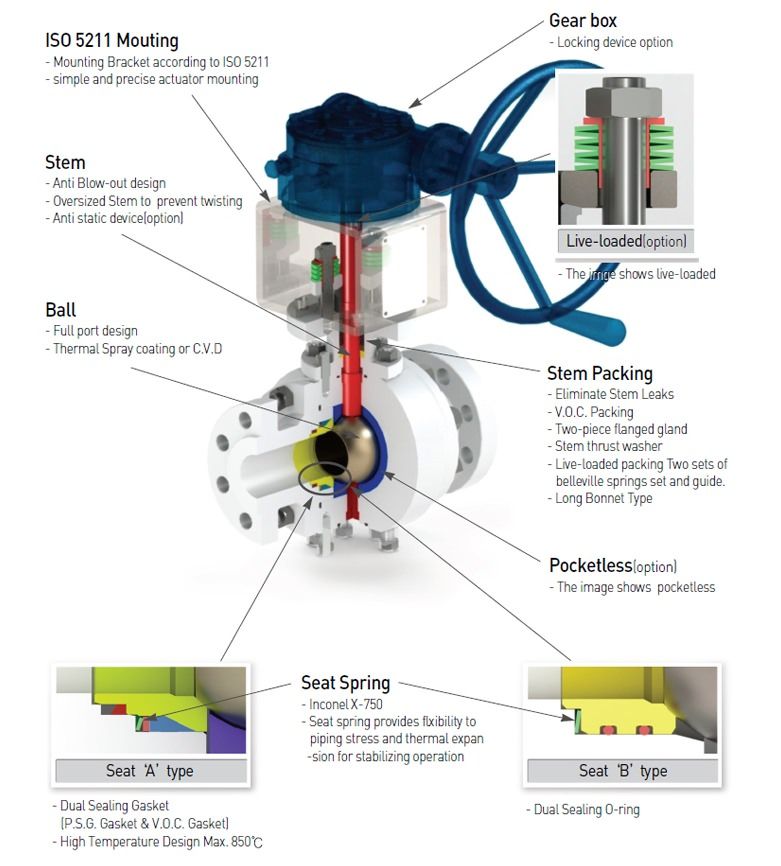 To repair the valve, you need to remove its handle, then unscrew the gland nut with a wrench. If you did everything right, you will have access to the o-ring, which needs to be replaced. Before installation, if possible, remove dirt from the inner surface. Work carefully, due to scoring in the place of the sealing ring, the valve may begin to leak. Assembly is carried out in the reverse order.
To repair the valve, you need to remove its handle, then unscrew the gland nut with a wrench. If you did everything right, you will have access to the o-ring, which needs to be replaced. Before installation, if possible, remove dirt from the inner surface. Work carefully, due to scoring in the place of the sealing ring, the valve may begin to leak. Assembly is carried out in the reverse order.
The only way to solve the problem here is to replace it, since you will not find a new housing. Of course, if you have an old disassembled ball valve of the same model, you can take the body from it. But usually they are simply thrown away, so you have to buy new valves. Take your old model with you, or pick up a new faucet to suit your needs.
Incomplete closure of the stem causes water to leak out even if the valve is closed. This is very inconvenient, because it is impossible to repair or replace plumbing. The problem appears due to the accumulation of deposits on the seal and on the faucet parts. It is often caused by improper operation of shut-off valves, when the valve is partially opened to regulate the flow of water. Repair involves disassembling the assembly and cleaning. If the crane cannot be disassembled, it is replaced with a new one.
The problem appears due to the accumulation of deposits on the seal and on the faucet parts. It is often caused by improper operation of shut-off valves, when the valve is partially opened to regulate the flow of water. Repair involves disassembling the assembly and cleaning. If the crane cannot be disassembled, it is replaced with a new one.
Share
Back to the list
...
Read more
...
Read more
...
Read more
...
Read more
. ..
..
more
...
Read more
...
2222 Details
...
Details
...
More details
...
More details
Heading: MiscellaneousAuthor: s-admin
In plumbing fixtures, no matter how trite it may sound, leaks sometimes occur.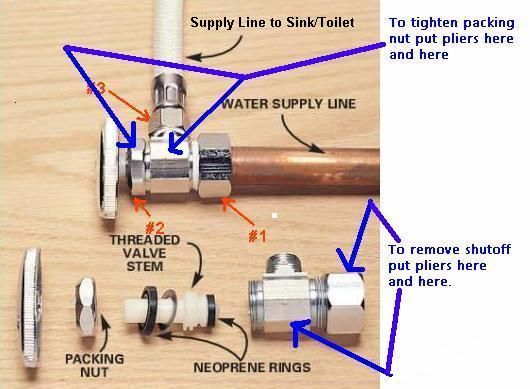 But not all of us in our country are experienced plumbers. Even I, whose work experience as a plumber for about 8 years, and later as a welder (I have a 5th grade welder education) in the same system, cannot always immediately determine the cause and method of eliminating the leak. The most common leaks in plumbing or plumbing fixtures are:
But not all of us in our country are experienced plumbers. Even I, whose work experience as a plumber for about 8 years, and later as a welder (I have a 5th grade welder education) in the same system, cannot always immediately determine the cause and method of eliminating the leak. The most common leaks in plumbing or plumbing fixtures are:
gaskets or wear on moving moving parts (usually faucets).
Now let's look at the leaks in more detail and decide how best to fix them yourself without resorting to the help of plumbers. In the pictures you see two types of standard carnbucks. One for a faucet or old-style faucet, the other for the faucet head.
Valve head construction: screw, lock washer, stem, body, gland, valve, packing.
Repair tools: screwdriver, adjustable wrench, gland packing or gland gasket, linen or fum tape.
Starting repairs. First of all, you need to turn off the water pressure to the faucet being repaired. You need to look for the main tap in the toilet or under the washbasin, sink.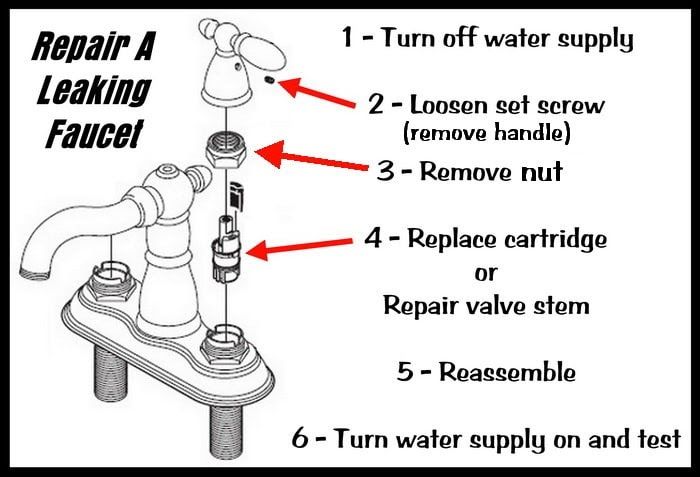 We turned off the water, turning the stem a little, we unscrew the faucet head. We unscrew the stem (clockwise - twisting it) and take it out completely, with a screwdriver we pull out the old gland packing and thrust washer from the housing. We remove the old gasket from the stem valve - the gasket is fastened with a screw to the valve. Install a new gasket in its place. If there is no gasket, you can make it yourself: cut it out of rubber 3-4 mm thick. We screw the rod into place in the body of the crane box and put on the thrust washer. This washer is needed so that the gland packing does not get under the stem threads. Next, we wind the stuffing box packing on the stem and use a screwdriver to sink it into the seat, additionally sealing it. There should be enough packing so that the gland nut can catch on the threads. We put on the gland nut and press a couple of turns. Now we screw the crane box into the valve body, having previously unscrewed the stem so that the valve is, as it were, open.
We turned off the water, turning the stem a little, we unscrew the faucet head. We unscrew the stem (clockwise - twisting it) and take it out completely, with a screwdriver we pull out the old gland packing and thrust washer from the housing. We remove the old gasket from the stem valve - the gasket is fastened with a screw to the valve. Install a new gasket in its place. If there is no gasket, you can make it yourself: cut it out of rubber 3-4 mm thick. We screw the rod into place in the body of the crane box and put on the thrust washer. This washer is needed so that the gland packing does not get under the stem threads. Next, we wind the stuffing box packing on the stem and use a screwdriver to sink it into the seat, additionally sealing it. There should be enough packing so that the gland nut can catch on the threads. We put on the gland nut and press a couple of turns. Now we screw the crane box into the valve body, having previously unscrewed the stem so that the valve is, as it were, open.